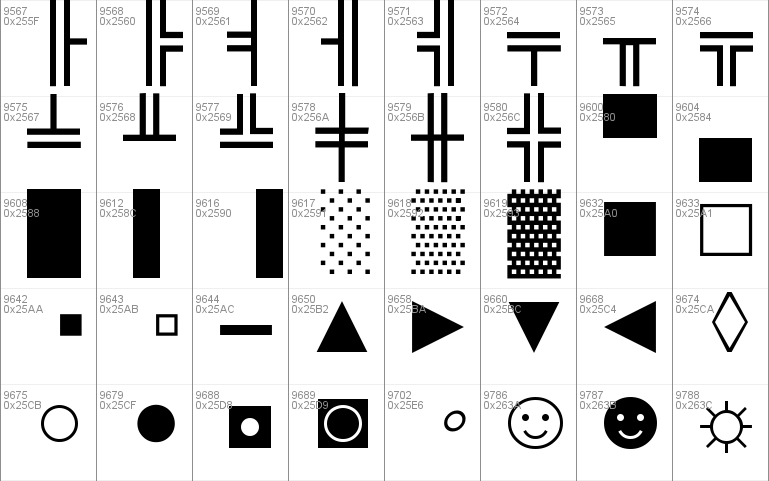
This, as Stanley Morison argued, does not necessarily engender further clarity, however: The larger the type, the fewer letters the eye can absorb at once the eye has to work more to read than it would at a smaller (but not too small) font. It should be stressed, too, that the State Department is not simply switching type styles but point size. Sir Cyril Burt, in his 1959 work A Psychological Study of Typography, described Times New Roman as “a twentieth century type, equal in merit … to those of the classical designers of the best periods.” As a newspaper font, it was intended to fit more articles and more ads onto costly newsprint while still retaining maximum legibility.Īccording to Jonathan Hoefler, a New York typographer, the State Department is wrong when it says that Times New Roman 14 “takes up almost exactly the same area on the page as Courier New 12.” In fact, it takes up much less space, as he showed me in a comparative sampling. Times New Roman was created by the esteemed British typographer Stanley Morison for the Times of London in 1932. Oddly enough, though, the State Department’s “more modern” Courier successor, Times New Roman, actually predates the font by more than two decades. Rather than functional necessity, these were created as joyful pastiche, possessing a nostalgic, analog power, as well as visual freshness, in a world of frivolous, overexposed LaserWriter fonts (e.g., the dreaded Comic Sans).
#COURIER NEW FOR STORYWRITING PC#
In the PC age, it still stands as some kind of ur-font, nervously invoked as default when something goes awry, such as, “Font not found, substituting Courier.” In the 1990s, moreover, typographers who were now working in a thoroughly digital medium began crafting rigorous homages to typewriter fonts (e.g., “Trixie”). (One would not expect a visual style built up over a half-century to be eroded overnight, with legal documents suddenly flowering with Palatino or bristling with Big Caslon.) For most of America (and for many fledgling typographers), Courier was the only font they had had access to in their daily lives. In the early days of computer printing, courier made the jump simply because of its dominance as the official typewriter font.

In technical terms, Courier New, like all typewriter fonts, is a “monospaced” typeface: Each letter takes up the same amount of space on a line, essential for tabular uniformity as well as, say, replacing an “i” with a “w” during the correcting process (no longer an issue, of course). What is most remarkable of all, of course, is that a typewriter font is still being used at all in a post-typewriter age. Anyone who has done Freedom of Information Act research will inevitably find black marker lines obscuring lines of Courier type. It is not surprising, as Rick Poynor points out, that Courier should play a starring role in Errol Morris’ recent documentary The Fog of War about former Secretary of Defense Robert McNamara. By the 1960s, Courier had become the herald of all stripes of dignified officialdom indeed, it is still de rigueur for filing certain types of legal documents. But as Kettler later said in an interview, “A letter can be just an ordinary messenger, or it can be the courier, which radiates dignity, prestige, and stability.”Kettler was successful in his mission. His answer was that he wanted to make sure that no one character stood out.” In its prototype phase, Courier was called Messenger.
#COURIER NEW FOR STORYWRITING FULL#
Kettler was a natural, innovative typographer, as one co-worker recounted: “One thing he did that no other font designer did was to rotate the mock-up page a full 180 degrees. With its “modern, progressive look,” Courier exemplified the “trend toward the long, low and extended in an age of ranch houses and stretched-out cars,” according to one ad. Compared to previous typewriter fonts, Courier looked streamlined, rational, efficient, a move away from the “Antique” past-the perfect face for IBM.


 0 kommentar(er)
0 kommentar(er)
